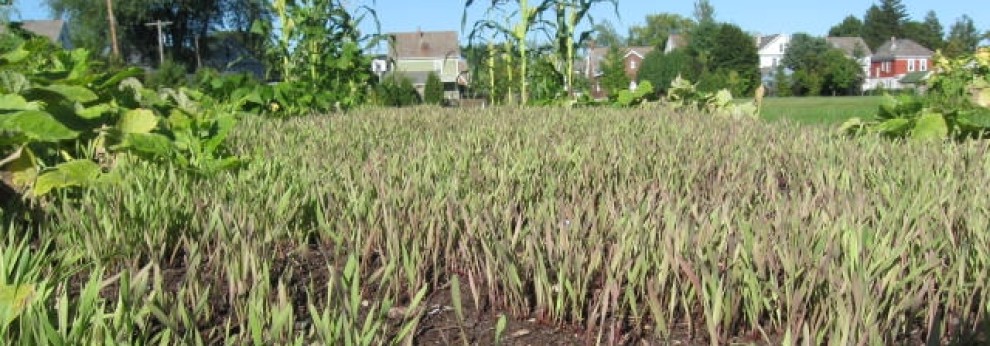 What exactly drives us to build gardens at Albany schools and then lead kids out to them? Why would we bother with those time-consuming fundraising initiatives, like collecting Boxtops for Education, and those time-consuming chores in the garden, like weeding and watering? And what is the big deal about growing some of our own lettuce and tomatoes, when it’s so cheap in the supermarket?
What exactly drives us to build gardens at Albany schools and then lead kids out to them? Why would we bother with those time-consuming fundraising initiatives, like collecting Boxtops for Education, and those time-consuming chores in the garden, like weeding and watering? And what is the big deal about growing some of our own lettuce and tomatoes, when it’s so cheap in the supermarket?
Please take a look at one earlier shot at answering these questions. Here is another way to look at it:
The academic research community makes a compelling case that good can come from getting kids outside, which the Vegetable Project does. And that good does not even depend on whether those kids put a pinky in the soil on the first day or deign to taste a vegetable.
“The range of specific health outcomes tied to [contact with] nature is startling, including depression and anxiety disorder, diabetes mellitus, attention deficit/hyperactivity disorder (ADHD), various infectious diseases, cancer, healing from surgery, obesity, birth outcomes, cardiovascular disease, musculoskeletal complaints, migraines, respiratory disease and others,” says Frances Ming Kuo, who has led the Landscape and Human Health Laboratory at the University of Illinois at Urbana-Champaign for more than 20 years, in a 2015 publication. “These findings raise the possibility that such contact is a major health determinant, and that greening may constitute a powerful, inexpensive public health intervention.”
Thus, it does not take a great leap to hypothesize that better health, certainly including tempering anxiety or attention challenges, could help some students in schools where we work. In other words, research offers plenty of reason to test whether more time in nature could make a positive difference in schools where the lay observer might say that many students struggle to focus on teaching going on in the front of their classrooms and where remedial reading and math programs seem like much less than the full answer.
Kuo draws from dozens of research papers in her 2015 publication, “How might contact with nature promote human health? Promising mechanisms and a possible central pathway.” An earlier paper of hers, “Children with attention deficits concentrate better after walk in the park,” is one example. She and a co-author describe in 2009 a body of research suggesting that contact with nature can improve focus and attention. Then they recount a controlled experiment with children who have received attention deficit disorder or attention deficit hyperactivity disorder diagnoses from medical professionals. Researchers found that 20-minute walks through parks produced better attention in the period that followed than works in two less natural comparison environments.
Neither paper declares definitively that the Vegetable Project’s efforts will work miracles. Both, however, are pieces of a bit picture suggesting that we’re doing something that can make a positive contribution.
—Bill Stoneman



